Are you a business owner looking to reduce your office space expenses? Or perhaps you have some unused space in your office that you’d like to monetize? In either case, an office sublease agreement can be a valuable tool for you. By subleasing your office space to another business, you can either offset your rent costs or utilize the unused space effectively.
This article will explore the what, why, and how of office sublease agreements, along with examples and tips for success.
What is an Office Sublease Agreement?
An office sublease agreement is a legal document that allows you (as the original tenant) to sublease a portion or the entire office space to another business (the subtenant). This agreement outlines the terms and conditions of the sublease, including rent, duration, responsibilities, and any additional clauses specific to your situation.
An office sublease agreement is typically used when you have excess office space that you no longer need or want to share the rent burden with another business. It clarifies both parties’ understanding and protects your rights as the original tenant.
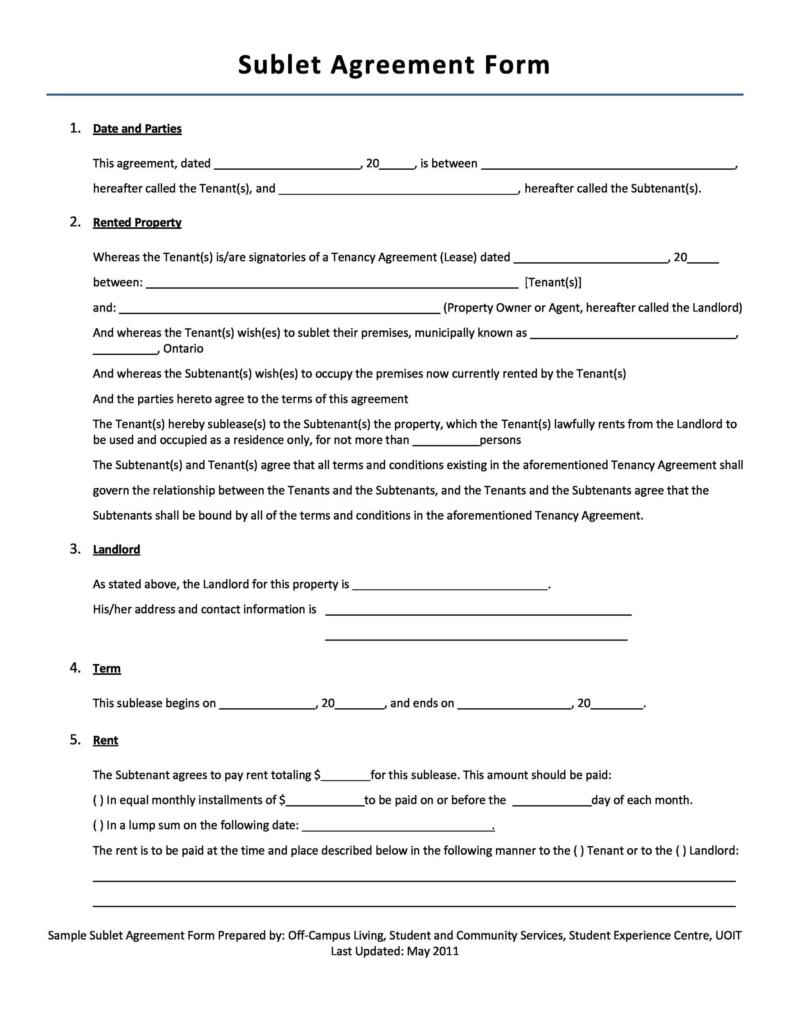
Why Use an Office Sublease Agreement?
There are several reasons why you should consider using an office sublease agreement:
- Cost savings: By subleasing your office space, you can offset some or all of your rent expenses, potentially saving your business a significant amount of money.
- Utilize unused space: If you have empty offices or rooms in your office, subleasing them allows you to make the most of the space and generate additional income.
- Flexibility: A sublease agreement can provide you with the flexibility to downsize or expand your office space as your business needs change.
- Networking opportunities: Sharing office space with another business can lead to networking opportunities, collaborations, and potential synergies between the two companies.
- Legal protection: An office sublease agreement ensures that both parties have a clear understanding of their rights, responsibilities, and obligations, protecting you from any potential disputes or misunderstandings.
How to Create an Office Sublease Agreement
Creating an office sublease agreement involves several steps:
1. Determine the Terms and Conditions
Before drafting the agreement, you need to determine the terms and conditions of the sublease. This includes the duration of the sublease, the amount of rent, the responsibilities of both parties, and any additional clauses you want to include.
2. Draft the Agreement
Using a template or consulting with a legal professional, draft the sublease agreement. Make sure to include all the necessary information, such as the names of the parties involved, the description of the office space being subleased, the duration, the rent amount, and any specific terms.
3. Review and Edit
Review the drafted agreement carefully and edit any sections that need clarification or adjustment. It’s essential to ensure that the agreement accurately reflects the terms and conditions agreed upon by both parties.
4. Seek Legal Advice
It’s highly recommended to seek legal advice to review the sublease agreement before finalizing it. An attorney can help you identify any potential issues and make sure that the agreement is legally sound.
5. Print and Sign
Once the agreement is reviewed and approved, print multiple copies and have both parties sign them. Each party should keep a signed copy for their records.
Examples of Office Sublease Agreements
Here are a few examples of situations where an office sublease agreement can be beneficial:
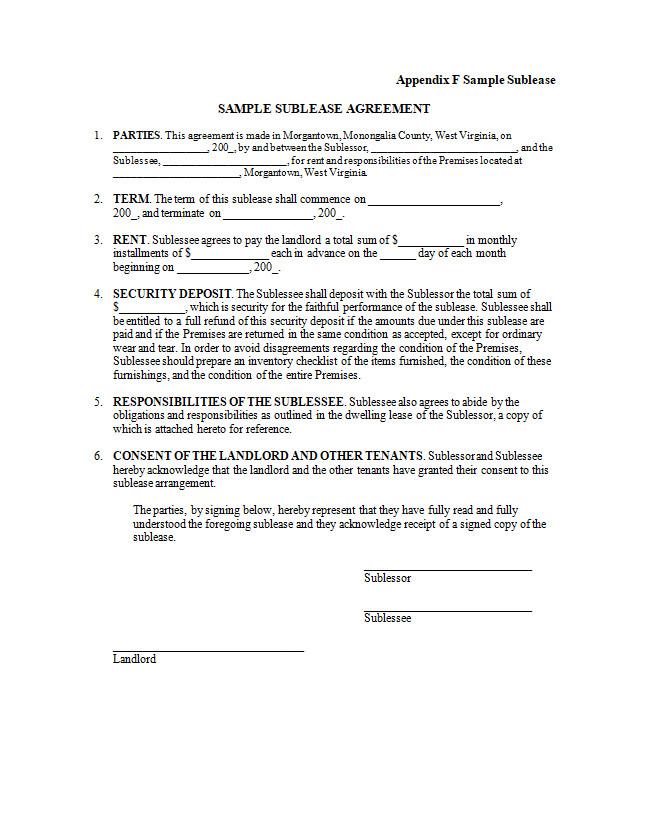
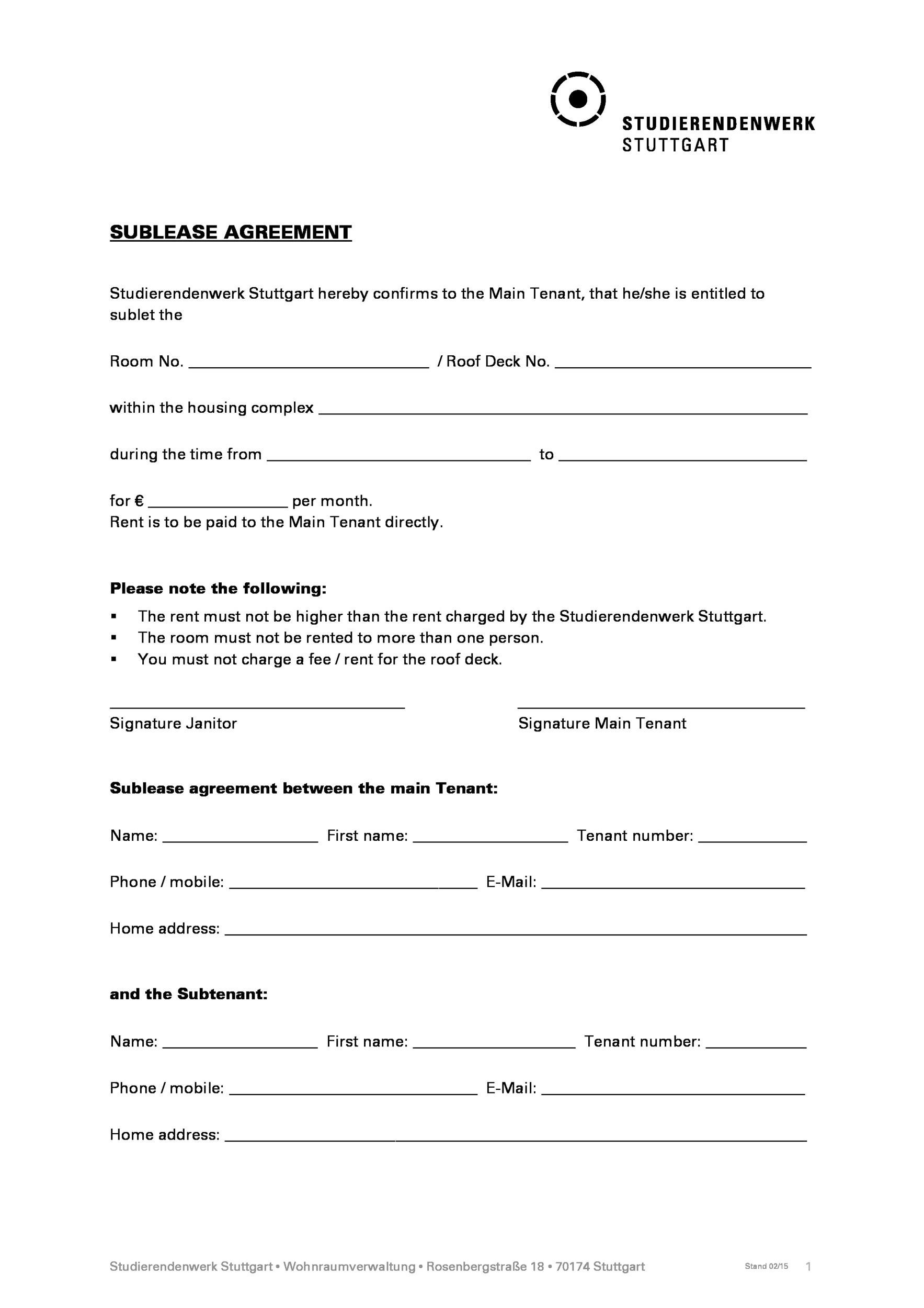
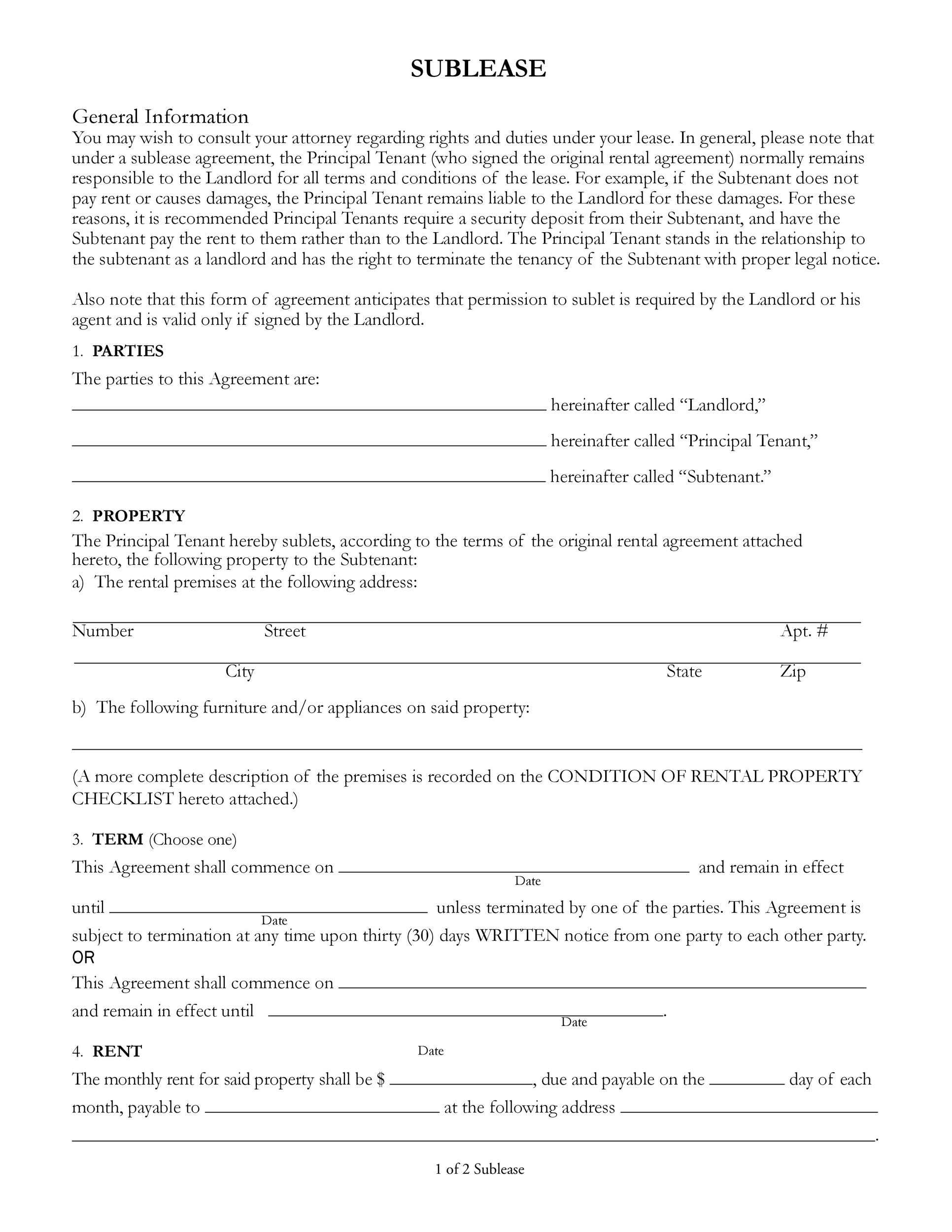
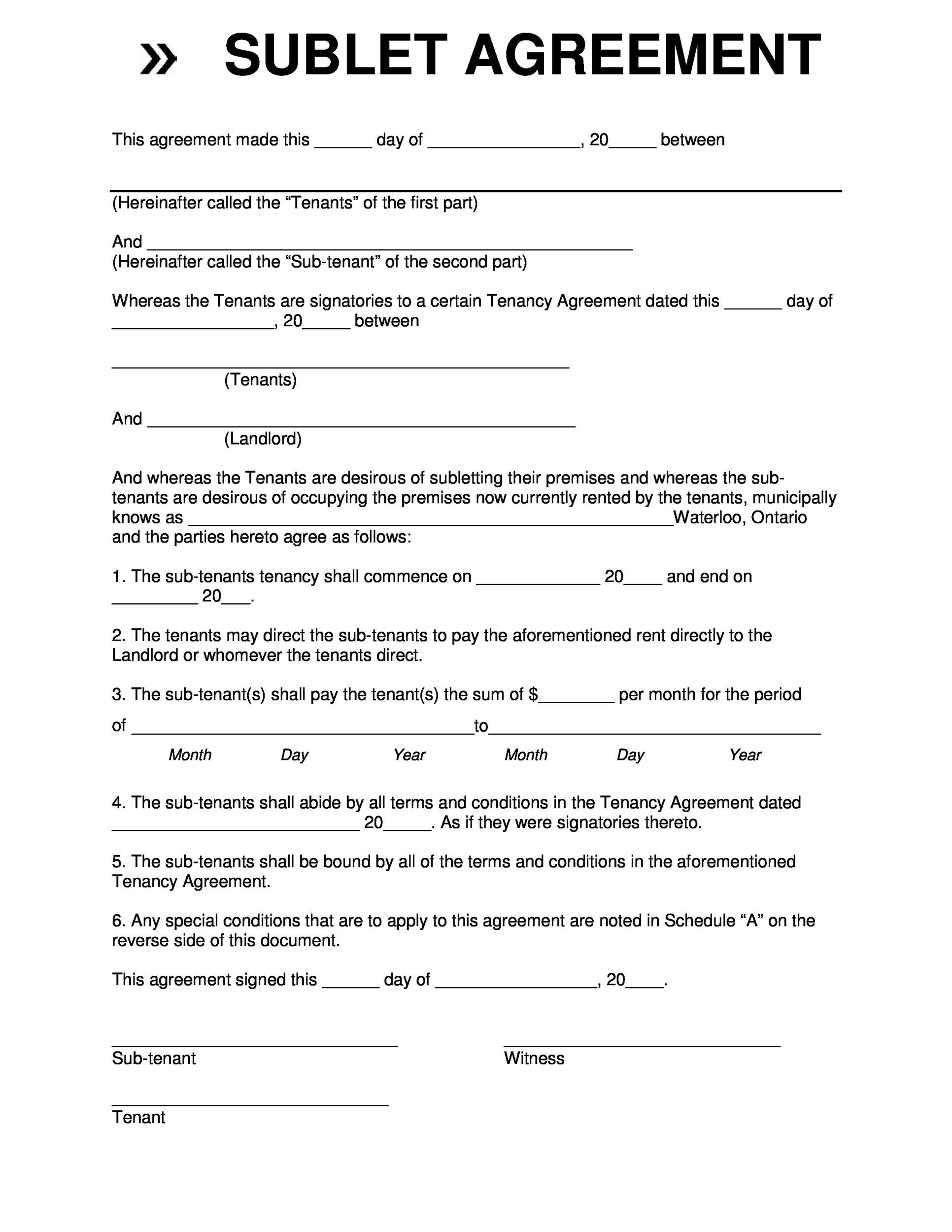
Tips for a Successful Office Sublease Agreement
To ensure a successful sublease agreement, consider the following tips:
- Clear communication: Communicate the terms, expectations, and responsibilities to the subtenant to avoid any misunderstandings.
- Thorough screening: Conduct a thorough screening process to select a reliable and trustworthy subtenant who aligns with your company’s values and culture.
- Professional legal advice: Seek professional legal advice to ensure that the sublease agreement is legally binding and protects your rights as the original tenant.
- Regular inspections: Conduct regular inspections of the subleased space to ensure that it is well-maintained and any damages are promptly addressed.
- Document everything: Keep records of all communications, payments, and agreements related to the sublease to protect yourself in case of any disputes.
By following these tips and creating a comprehensive office sublease agreement, you can effectively utilize unused space or cover your rent expenses while minimizing potential risks and maximizing the benefits of subleasing.
Office Sublease Agreement Template – Download
- Free Printable Exercise Planning Template - November 24, 2025
- Free Executive Summary Template (Word) - November 20, 2025
- Free Executive Resume Template (Word) - November 20, 2025